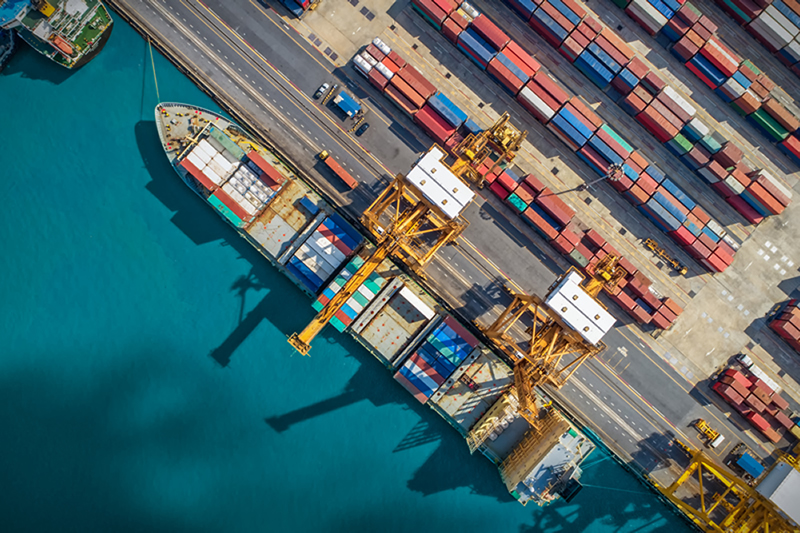Shipping Industry Debates LNG Versus Fuel Oil
8
The shipping industry plays a significant role in global trade, accounting for 80-90 percent of merchandise trade volume. However, it also contributes heavily to greenhouse gas emissions, burning of fuel each year, resulting in one billion tonnes of CO2 emissions, which make up about 3 percent of global greenhouse gas emissions. Large ocean-going container ships, tankers, and bulk carriers are responsible for the majority of these pollutants as they transport goods worldwide. Efforts are being made to address this issue, but the implementation of measures is crucial.

In recent times, there has been a shift towards alternative fuels in the shipping industry, with a substantial number of new ships being ordered to run on methanol and methane, particularly in the form of Liquefied Natural Gas (LNG). While this might seem promising, it is important to consider the full impact of these fuels over their entire lifecycle.
At first glance, methanol and methane appear attractive alternatives as they contain less carbon than traditional oil-based fuels and are relatively cost-effective. However, when accounting for all greenhouse gases (GHG's) emitted during fuel production and consumption, the picture changes. Methanol produced from fossil natural gas emits vast amounts of CO2 during its manufacturing process. When combined with exhaust emissions from the ship's engine, the overall environmental impact of methanol turns out to be worse than conventional fuel by approximately 20%. To achieve significant GHG reductions, ship operators using methanol-powered ships would need to explore alternatives to fossil-based methanol, which are currently limited.
One potential option is capturing and sequestering CO2 emissions during production. However, such projects require time to scale up and significant investment, which will be justifiable only if greener methanol commands a premium price in the market. This is contingent on a proper accounting of upstream emissions in regulations.
In July 2023, the International Maritime Organization (IMO) adopted a revised GHG reduction strategy, with member states discussing proposals for ambitious targets to phase out lifecycle GHG emissions by 2030, 2040, and 2050. The majority of member states support the shipping industry's goal of achieving zero lifecycle GHG emissions by 2050, aligning with the 1.5°C warming limit and avoiding out-of-sector offsets. Potential measures to support these targets include a technical element like a GHG fuel standard that gradually increases over time and considers lifecycle GHG emissions, along with an economic element like GHG pricing.
Regarding LNG, it does produce significantly lower amounts of CO2, soot, dust, particulates, sulphur dioxide, mercury, and other harmful compounds compared to coal and oil. Nonetheless, it still emits CO2, which contributes to greenhouse gas effects. To address emissions monitoring, the Protea P2000 emissions monitoring system is approved for analysing exhaust gases from ship engines and boilers. It can measure up to six gases, including SO2, CO2, and NOx, providing valuable data for emissions management.
#protea #emissions #monitoring #cems #ftir #gas #analysers #shipping #marine
Other Articles
Global Underground CO2 Storage Data Offers Hope Amid Rising Emissions
01
IMO Postpones Adoption Of Global Net-Zero Shipping Framework
04
Pioneering Carbon Capture Projects Ready For Construction
03
Methanol & Ammonia Deemed Ready As Zero-Emission Shipping Fuels
01
Carbon Capture Storage Reaching A Turning Point In Decarbonisation
13
CCS To Capture 15% Of Shipboard Carbon Emissions By 2050
29
Global Shipping Industry Struggles To Navigate Net Zero Transition
21
Carbon Capture Surges as Economics Policy & Industry Demand Align
14
GHG Emissions At Ports On The Rise Despite Initiatives
07
Carbon Capture Utilisation & Storage In A Nutshell
30
